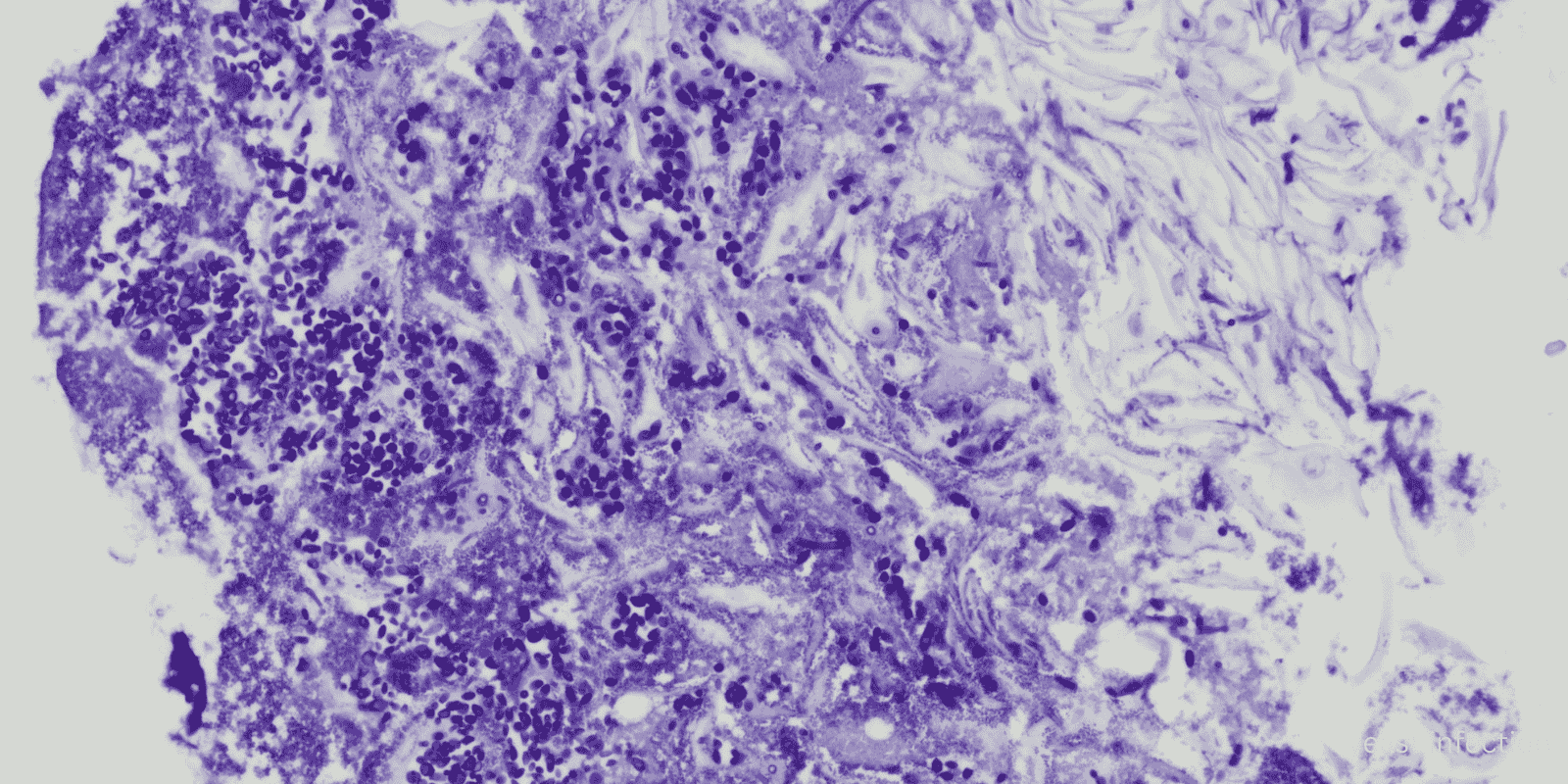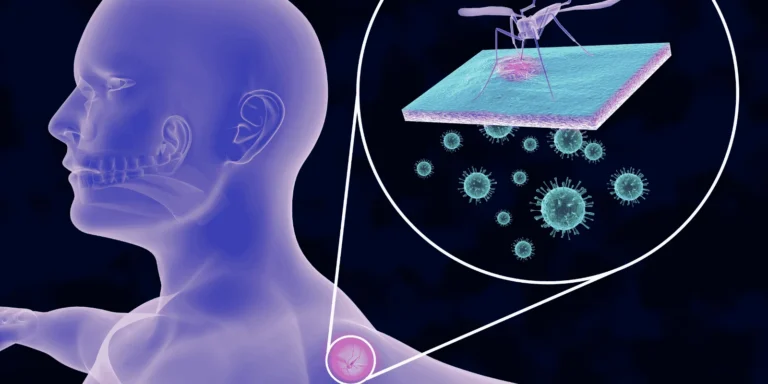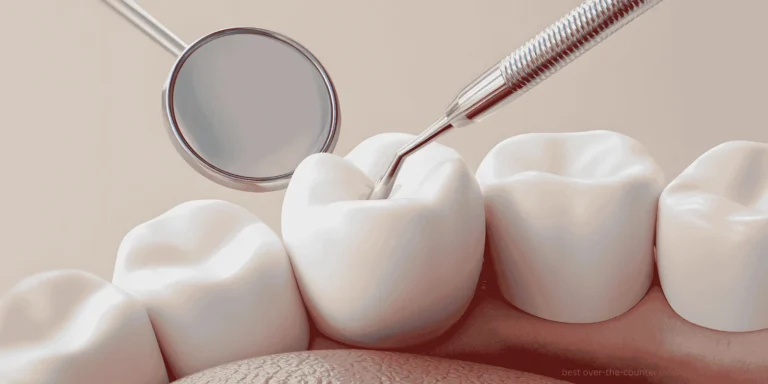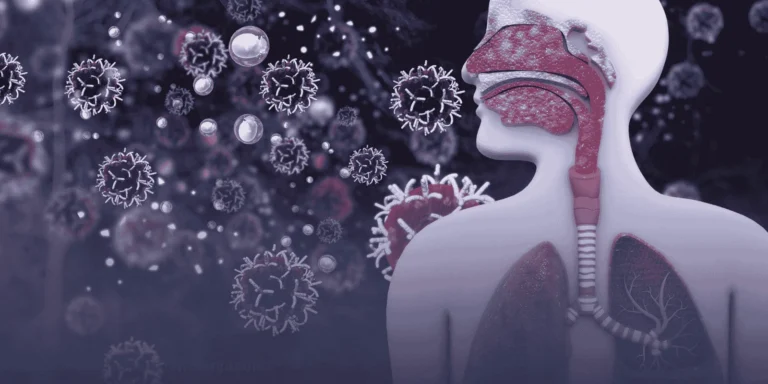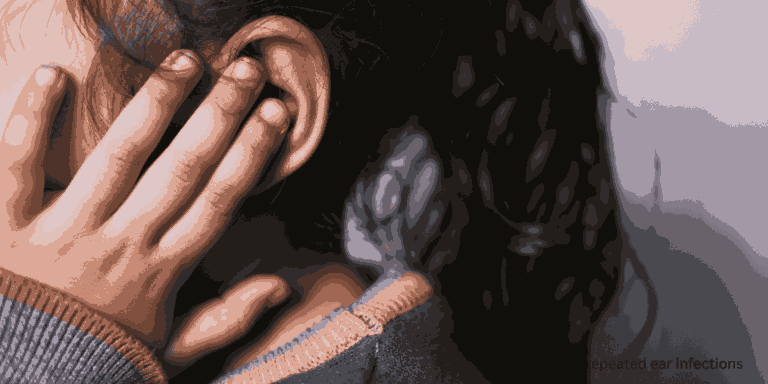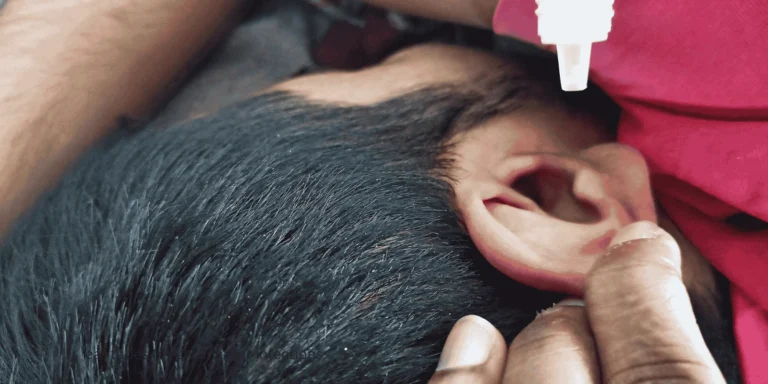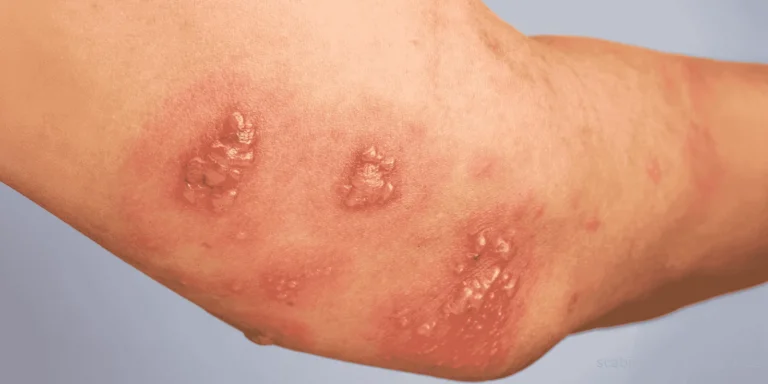Three common vaginal conditions – bacterial vaginosis (BV), yeast infections, and sexually transmitted infections (STIs) – cause overlapping symptoms but require different treatments. Understanding key differences helps identify the likely cause.
Bacterial Vaginosis (BV) symptoms: Fishy odor is the most distinctive BV symptom, especially noticeable after sexual activity or during menstruation.
Thin, gray, or white discharge that’s often described as having a “milky” consistency.
Minimal itching – BV typically doesn’t cause significant itching or burning.
Vaginal pH above 4.5 creates the alkaline environment where harmful bacteria thrive.
Yeast infection symptoms: Thick, white discharge resembling cottage cheese or ricotta – this classic appearance is rarely seen with other conditions.
Intense itching severe enough to interfere with sleep or daily activities.
Vulvar burning, especially during urination or sexual activity.
No odor or occasionally a mild “yeasty” smell, but never fishy.
STI symptoms (varies by type): Chlamydia/Gonorrhea:
- Yellow or green discharge
- Burning during urination
- Pelvic pain or bleeding between periods
Trichomoniasis:
- Frothy, yellow-green discharge
- Strong, foul odor
- Severe itching and irritation
Herpes:
- Painful blisters or sores
- Burning or tingling before an outbreak
- Flu-like symptoms during the first outbreak
Key differentiating factors: Odor presence:
- BV: Strong fishy smell
- Yeast: No significant odor
- STIs: Variable (trichomoniasis has a foul odor)
Discharge consistency:
- BV: Thin, watery
- Yeast: Thick, cottage cheese-like
- STIs: Variable (often yellow/green)
Itching intensity:
- BV: Minimal itching
- Yeast: Severe itching
- STIs: Variable itching levels
Pain patterns: BV rarely causes significant pain or burning.
Yeast infections cause external burning, especially with urination.
STIs may cause internal pelvic pain, urinary burning, or painful sores.
When multiple conditions occur, concurrent infections are possible. For example, antibiotic treatment for an STI might trigger a yeast infection.
Risk factors differ:
- BV: Douching, new sexual partners, smoking
- Yeast: Antibiotics, diabetes, pregnancy, tight clothing
- STIs: Unprotected sex, multiple partners
When to seek testing:
- First-time symptoms
- Symptoms not responding to OTC yeast treatments
- Multiple recurring episodes
- Pelvic pain or fever
- New sexual partner
If you’re experiencing unusual vaginal symptoms and aren’t sure of the cause, ChatRx can help evaluate your symptoms and recommend appropriate testing or treatment.

